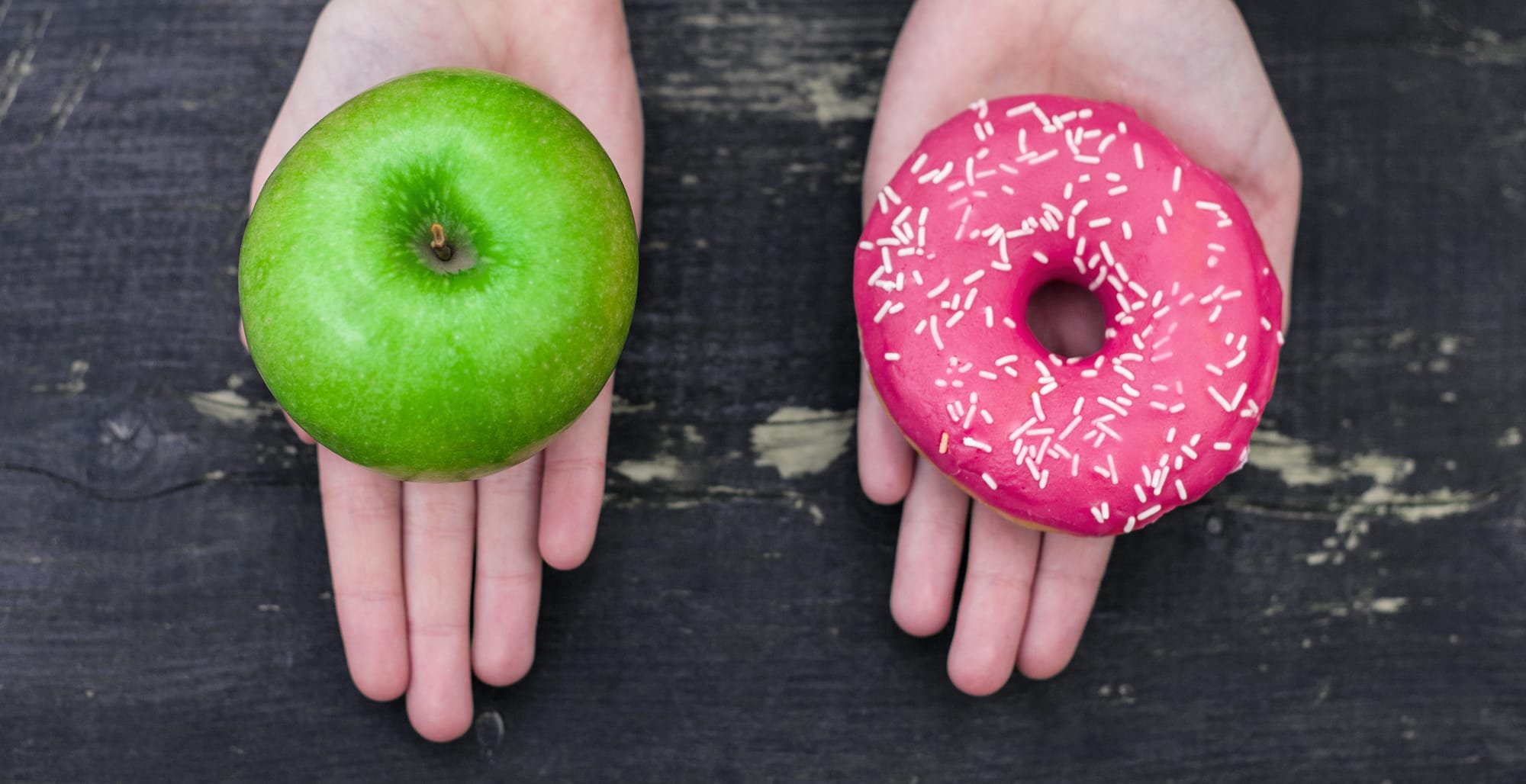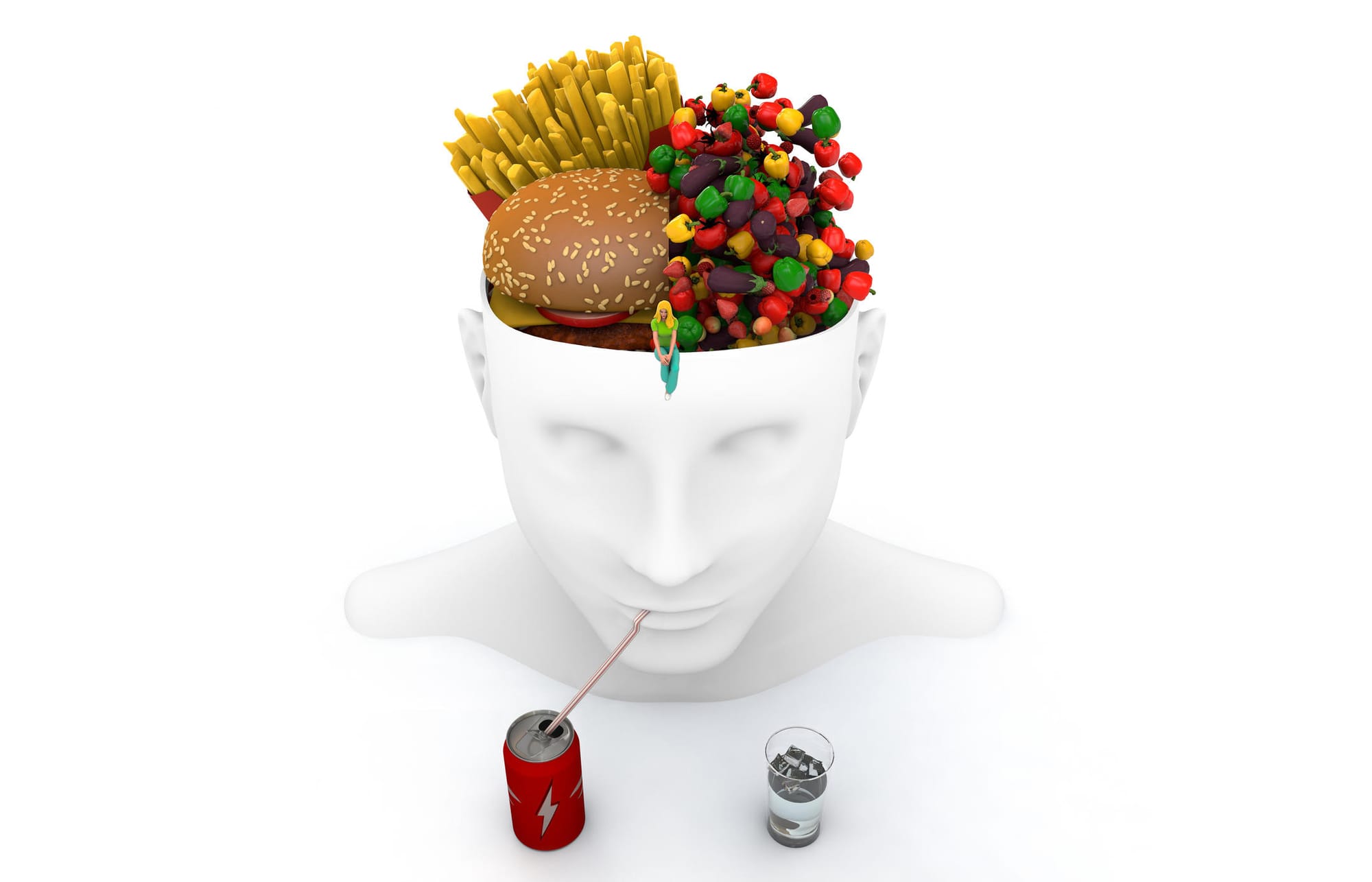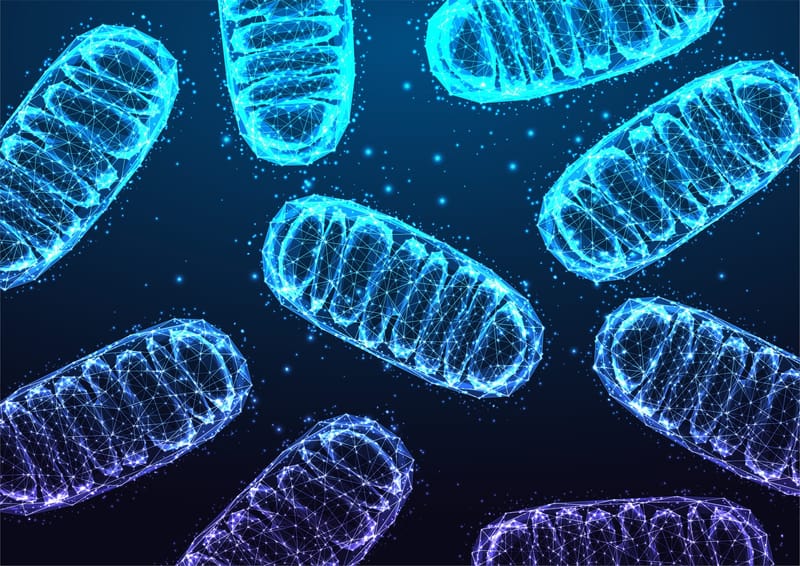
Food! What a minefield of choices: lifestyle choices, cost choices, taste choices. Some food is good for you and some is not. We know for example that a doughnut is not as beneficial as an apple. Yet most of us would prefer a doughnut. So how does it all work in the human brain?
The primary end effect of unhealthy eating choices is obesity, which is now one of the largest causes of preventable disease and premature death in developed countries. This is why Monash University’s Associate Professor Antonio Verdejo-Garcia, of the Institute of Cognitive and Clinical Neurosciences, is so interested in it. Obesity kills or harms quality of life, and drains the public purse, and is increasingly common, so why not try to understand it a little more?
“We're interested in trying to reveal the cognitive mechanisms underpinning unhealthy food choices,” he says. “We're concentrating on the thinking biases and the brain circuits that underpin people making these choices in a consistent way. Unhealthy eating behaviour has consequences for health, people know that, but they still continue to make similar choices.

“The basic start point is that the prevalence of obesity has been increasing in the past 40 years, globally. It's much more pronounced in the Western world, with Western lifestyles. If you think about the great changes occurring in Western society in the past 40 years, there are great changes in the way people eat and we know that diet is a very important contributor to obesity.”
Associate professor Verdejo-Garcia began researching addictions in his home country of Spain, at the University of Granada.
"We know with addiction to drugs, they have strong effects on the brain with a strong habit component, and we know how these things occur," he says. "But with obesity, we had to develop ideas about the mechanisms by which alterations in diet and body composition could lead to alterations in the brain."
He began studying obesity and addiction at Monash in 2009, with Associate Professor Zane Andrews and, later, Dr Naomi Kakoschke.
The basic questions, he says, are the same, whether it be addiction to cigarettes, gambling, drugs or certain foods – "how we process rewards, how we process external and internal information, and how we make decisions".
WATCH: The science of addiction (A Different Lens mini documentary series)
The key starting point is that obesity is as much a metabolic disorder as a behavioural issue. "People are advised to change their diet and their physical activities, but how exactly do you do that? What are the biases and what are the difficulties? These things are related to behaviour."
The research involves several facets. Cognitive profiling of people with obesity is used to measure and track impulsivity and self-control. These are good old-fashioned paper-and-pencil tests and also computer-based tests.
“Can they delay rewards?” asks Associate Professor Verdejo-Garcia. “Are they willing to wait for larger rewards or are they likely to engage in whatever is rewarding at the time? Can they make decisions about food based on long-term consequences versus short-term consequences?”
The research team is particularly interested in biases. This is where the insidious marketing of food – especially high-calorie, bad-for-you food – comes into play, as well as the prehistoric desires humans have for sugar and fat in order to survive.
“Every time you encounter a sign or cue for food that is highly caloric, you're going to have an attentional bias towards that kind of food and more chances of choosing it,” he says.
"Unhealthy eating behaviour has consequences for health, people know that, but they still continue to make similar choices."
“We have known this for 10 years or more. For example, if you go to your work canteen with a range of options including high-sugar and high-fat foods, you'll be naturally biased towards them. Fat and sugar have had an important role in survival for a very long time, which has led to the biases. But those biases are even more pronounced in people with weight problems. They will have difficulties in self-control and decision-making.”
The same biases apply to people with other addictions. So if an alcoholic sees a sign advertising alcohol or drives past a pub, he or she will be more inclined to submit.
“The same thing applies to food,” he says. “We don’t know if this develops with time or a person has susceptibility – but essentially what happens is that every time you see something that is salient from a food reward point of view, you'll direct your attention towards it and have a response to it. This might mean you may point your finger towards it on the menu or experience a subtle moving of the eyes. Once it generates a motor response, then it becomes difficult to counter.”
READ: The end of yo-yo dieting?
The research team is investigating the regions of the human brain that react to these stimuli. These are the hypothalamus, the striatum and the frontal-parietal region. According to a paper co-published by Associate Professor Verdejo-Garcia in the International Journal of Obesity last year, human imaging studies have shown that choices between foods with different reward values activate, in the brain, the ventromedial prefrontal cortex, the posterior cingulate cortex and the striatum. Food can be “over-valued” as a stimuli, which affects biases. The problem is, however, that unlike other addictions, food is necessary to stay alive. A person can live without alcohol, or gambling, but not without food.
The Monash team uses an innovative method to measure decision-making in research participants. It's called a 'Food Choice Task’ on a machine called the Gustometer. It projects randomised images of healthy (low sugar and fat) drinks with unhealthy versions – for example, chocolate milkshakes versus vegetable juices. Participants are asked to select an option based on what they prefer. The machine them pumps a small amount of the actual drink into a mouthpiece, and MRI images are recorded in order to map brain activations in relation to food choice.
The team is also developing a smartphone app which uses approach-avoidance training to reduce automatic approach biases – so it reduces the temptation to reach for unhealthy foods. In the app, unhealthy foods tilt backwards (as the user is looking at them), which means most people would tend to avoid them without actually being told to do so.
READ: Tackling obesity: using smartphones to shed the weight





